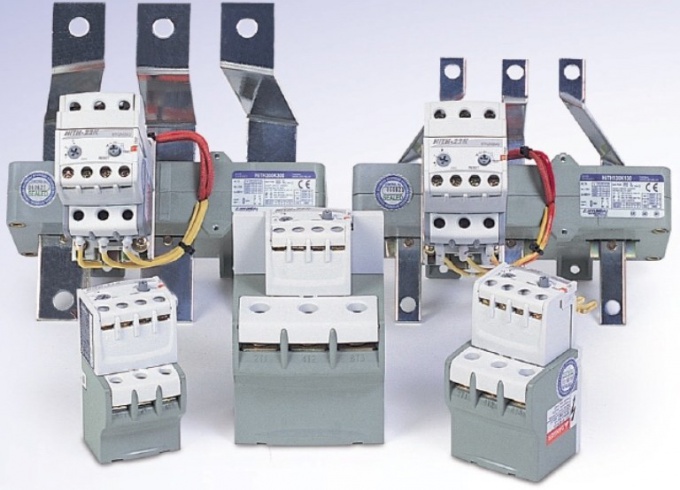Instruction
1
Choosing a specific device, assume that one of the main requirements to thermal relay – compliance with the rated current current of the equipment to be protected. In addition, thermal relays themselves often require protection against short-circuit, which in the wiring diagram the relay should include a fuse.
2
Understand the limits of applicability of the thermal relayto correctly choose the type of protection. If the protected system possible emergency modes of operation of the motor, not associated with an increase in current consumption, the thermal relay does not give the desired protective effect. For such cases the stator windings of the motor is embedded a special thermal protection.
3
If the thermal protection equipment is not shown special requirements, thermal relay choose given the fact that the maximum current of the operating mode relays should not be below the nominal current of the protected equipment. Another selection criterion is the unit current of the relay should be slightly greater than the value of the engine (within 5%).
4
Also note that we select a thermal relay should provide a greater margin to adjust the current position of the relay to decrease and increase. In a very ideal option for stock adjustment must be very large, which makes the protection more reliable and controllable. On the installation scale relay note the presence of one or two values in both directions from the position of the handle corresponding to the original installation.
5
When choosing a thermal relay to protect induction motors against overloads that can occur when one phase is open, use relay type RTT or RTI. Such devices can be integrated directly into magnetic actuators, protecting the motor from jamming of the rotor and the tightened start-up.
6
Choosing a specific model, look also at the built-in indicators for showing the status of the heat relay at the moment.

